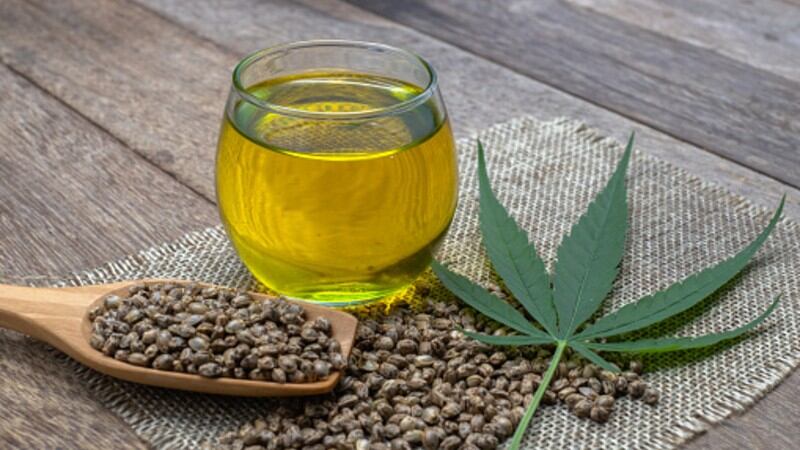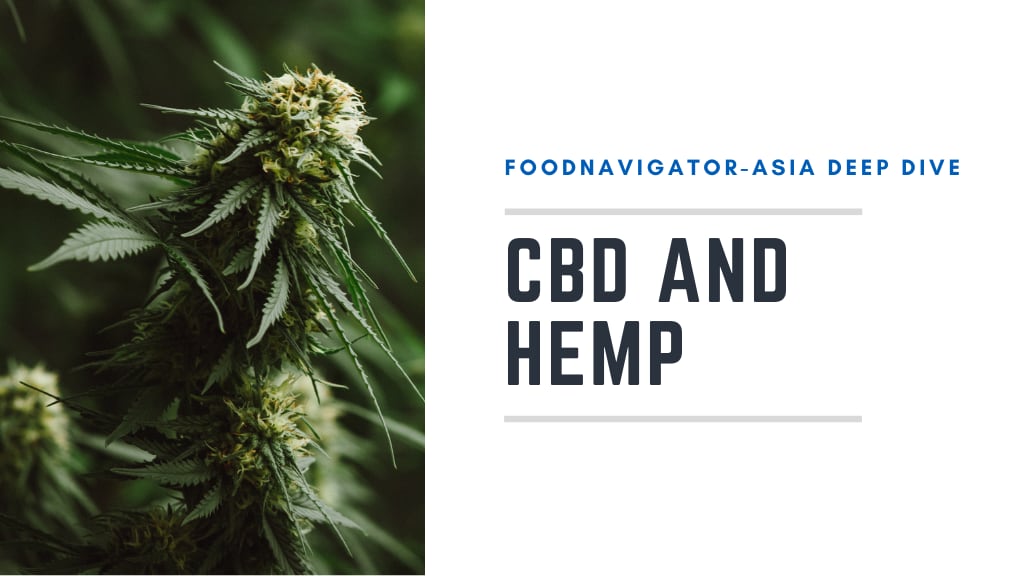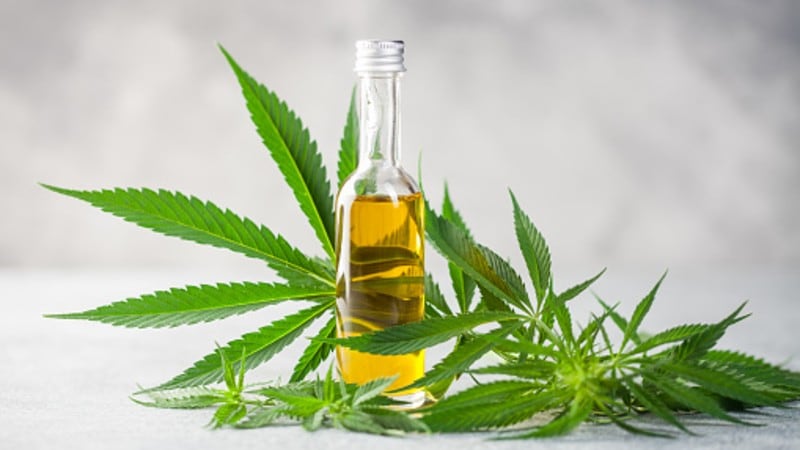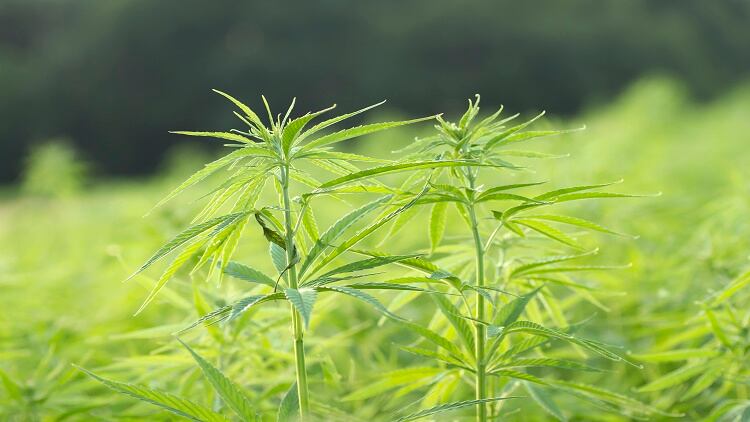Thus far, hemp is largely unregulated in India, and various large-scale misunderstandings regarding its use as a food item have occurred at a national level, such as FSSAI’s granting of licenses for hemp seed products in 2017 being followed by a warning letter to all manufacturers that there were ‘no standards’ for hemp in India at that point, and products were being sold ‘illegally’.
This lack of regulations was acknowledged as a ‘crippling factor’ for the industry and drove hemp sector players such as the Bombay Hemp Company (BOHECO) to work more closely with FSSAI to develop policies and standards.
“We realised that for hemp to thrive as part of the F&B [industry], the regulations needed to work with hemp had to take shape,” BOHECO Co-Founder and Business Development Director Yash Kotak told FoodNavigator-Asia.
“That is when we started working very closely with FSSAI as their knowledge/industry partners to provide them with all the necessary intel to develop a robust policy for hemp as a food source.
“[We couldn’t wait for the regulations to come along before starting operations though,] so whilst waiting for FSSAI we identified Ayurveda as a channel to popularize the edible uses for hemp - Yes, it wouldn’t be as in depth as FSSAI but it at least was a start [and] under this licensing we already have hemp edibles such as hemp hearts (seeds), hemp powder and hemp seed oil.”
FSSAI finally published its draft regulations containing the governance of hemp seeds and related products in October 2020, which is currently under review and expected to be finalised this year. When this happens, the ‘next wave’ for hemp products will arrive for India, according to Kotak.
“[The] next wave of hemp moving from base ingredient form to value added products [is] something that’s going to kickstart massively in 2021 itself as soon as FSSAI regulates the use of hemp as a food source,” he said.
“In fact, a lot of people have experimented with hemp in multiple different forms such as chocolates, alcoholic beverages - there are two hemp-based gins already available in the Goa market, bars, pasta, protein blends, etc - The scope for partnerships and collaborations is going to increase multi-fold.”
Hemp regulation as a food will fall under the Food Safety and Standards (Food Products Standards and Food Additives) Amendment Regulations, 2020. According to the draft regulations document, only hemp seeds from industrial Cannabis sativa with a 0.3% concentration or less of the tetrahydrocannabinol (THC) cannabinoid (which causes the psychoactive ‘high’ sensation) can be used as food.
THC content in the seeds must not exceed 5mg/kg and content in the oil extracted from these seeds must not exceed 10mg/kg, whereas any beverages made from hemp seeds must not contain more than 0.2mg/kg THC and hemp flour must not have more than 5mg/kg.
“The level of cannabidiol (CBD) in any food for sale consisting of hemp seed or seed products shall not exceed 75 mg/kg, [and] the product labels must not imply any psychoactive effect,” said FSSAI.
“The labels also cannot include any nutrition or health claims about CBD, any image/representation of the cannabis plant (including the leaf) other than the seeds, nor the words ‘cannabis’, ‘marijuana’ or words of similar meaning.”
Trends and challenges
Like many other countries worldwide, India has seen a rise in the health and wellness awareness trend in the past year since COVID-19 hit, which has helped BOHECO promote its hemp products as well.
“Hemp and CBD products fit perfectly given the current times [where] the importance of health in people’s live [has been magnified],” said Kotak.
“Some onsetting trends in India such as immunity building, mental health, vegan/vegetarian food choices, organic food and so on can see hemp and CBD fitting right in and having a direct impact.
However, before the sector can reach its full potential, Kotak warned that consumer education and R&D in India needs to be seriously stepped up so that the industry can be standardised.
“[Major challenges still facing the hemp sector in India include] the lack of education and R&D initiatives for the purpose of the crop’s commercialisation - if the industry can’t be standardized for input and output then the outcome will always suffer,” he said.
“At this moment in time, the stage of the industry is towards awareness and category creation [as] the lack of information [combined] with the prevalent misinformation that people have about hemp [makes it] imperative for the air around hemp is cleared and focus on its benefits instead.
“Consumers [need] to get the right kind of standard material [to become informed], which can only happen with the right kind of scientific initiatives. [Here], there is a wide space that is not yet explored with hemp in India.
“If there’s no standardisation, there will be no scaling [and] if you can’t scale, you can’t control the price which is the cornerstone of developing the Indian market.”
As it is, he considers India a ‘late entrant’ to the region’s hemp and CBD market, and urged for organisation to be prioritised so as to catch up.
“India is a relatively late entrant in the APAC hemp and CBD market, [and] by far the leaders here would be China & Australia [which] have the largest market shares, owing to the prevalence of a robust framework for the industry to thrive within these countries,” he said.
“In this, India has a lot more ground to cover which it most certainly will, provided the right kind of policies are carved out for India to be a global powerhouse [in this regard]. [We have] a very high potential from a supply and consumption front - with the right kind of free trade commercial policy in place, the world can be our oyster.”





